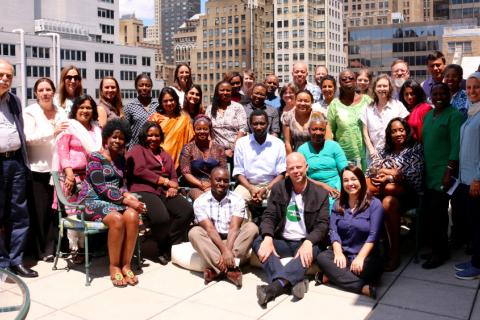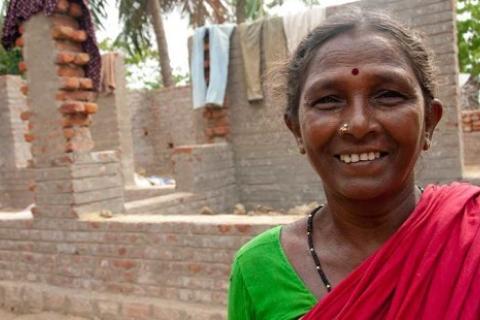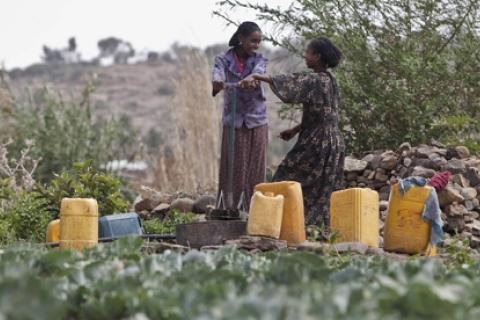Tier II Status Looms on GLII’s Road to Manama 2017 – Reclassifying the Land Indicators
By Jamal Browne
Since the adoption of the global indicator framework by the UN Statistical Commission (UNSC) back in March 2016, significant progress has been made on a set of tenure-related indicators – familiarly referred to as the ‘land indicators’ – primarily through the efforts of the Global Land Indicators Initiative (GLII).
Achieving SDGs through land rights (tenure security) for women
Land in Tanzania is a scarce resource without which life cannot be sustained (FAO, 2007), and it is “increasingly recognized as an important governance issue” around the global (Palmer et al., 2009, p.1). Hundreds of millions of people including farmers, herders, forest dwellers and agro-industries all rely on land resources for their survival.
To close the gap in women’s land rights, we need to do a better job of measuring it
There is broad global agreement that secure property rights help eradicate poverty and that securing women’s land rights reduces gender inequality. But our understanding remains strikingly limited when it comes to the extent to which women’s land rights are – or are not – secure and the impact of women’s tenure security (or lack thereof) on women’s empowerment.
This is true even in Africa, where the most studies have been published, due to shortcomings in both the quality and quantity of research on these questions.
Property rights in Mongolia: Making space for women?
“How can “property” own property?” It means how can a woman own property like land or housing if she is considered as a man’s property herself. I learned of this “phrase” from Tanzanian colleagues during a global team workshop in Oxford, UK, last autumn with the WOLTS project. They shared with me about how women in Tanzania are sometimes viewed by men as belonging to them – as their property! Something I thought was quite different to Mongolia.
WOLTS stands for Women’s Land Tenure Security.
Closing the gap between policy and practice on women’s land rights
Momentum is building behind a land rights revolution. Last year, just prior to the World Bank’s Annual Land and Poverty Conference, I wrote about the many factors pushing land to the top of the global agenda. To maintain this momentum we must pay greater attention to gender and women’s land rights.
Full Rights for All: USAID Works with the Government of Liberia and its Partners to Address Gender Dimensions in Land Governance
Addressing gender disparities in the context of land reforms is not easy. Effectively addressing gender issues takes time and effort, which can sometimes make it more expensive in the initial stages of a project or program. However, evidence shows that integrating gender throughout land reform interventions not only increases benefits for women, but strengthens the intervention overall. Meaningfully including gender into land reform approaches often requires a change in behavior among decision-makers and program participants that, in some cases, may take years, even decades.
Being a man on a gender project: some insights from the field
By Jim Grabham (Mokoro Ltd, UK) with Ezekiel Kereri (HakiMadini, Tanzania), team members of the global Women’s Land Tenure Security (WOLTS) project.
Between Law and Reality: Understanding De Jure and De Facto Women's Land Rights in Brazil
A Q&A with Patricia Chaves from Espaço Feminista, Brazil, explains the discrepancies in accessing property and inheritance rights for women in Brazil as well as data that helps to inform grassroots women about their rights. The piece also provides powerful accounts of women's personal experiences.
A timely tribute to the power of women’s land rights
Twenty years ago, I learned a valuable lesson about the power of land and inheritance rights to affirm the status and contributions of women. My father-in-law, then 80 years old, was dividing his land to his children. In doing so, he made a decision that was unusual for a man in Kenya– he gave a piece of land to me, his daughter-in-law. He had come to believe that it was only just to affirm the role that women play in contributing to the household and caring for aging parents.





